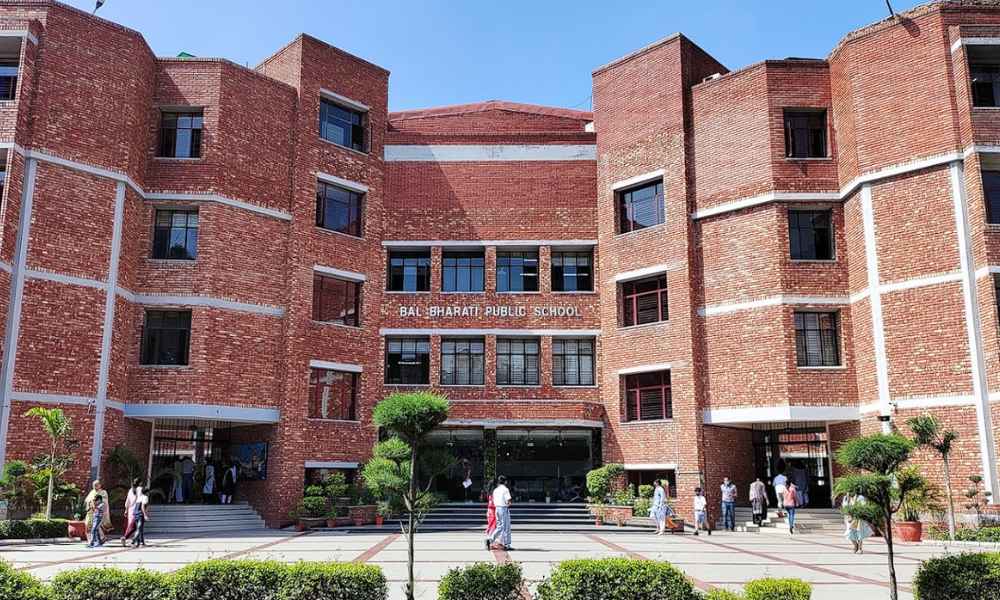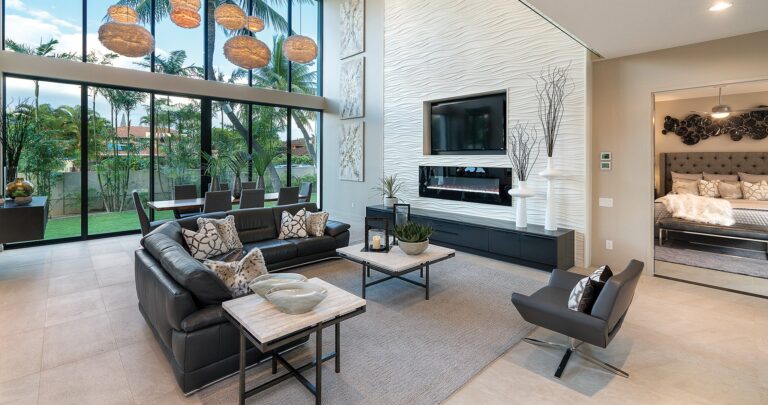
Some public schools take a different approach to education. They focus on creating environments that support both academic and personal growth. Classrooms are designed to foster flexibility, and students are encouraged to ask questions, collaborate, and build confidence through active participation. The goal is both to complete lessons and apply them in meaningful ways.
For families who value connection and structure yet also appreciate room for creativity, this type of school model feels like a thoughtful alternative. It raises questions about what learning could look like with a different structure. Why choose PCS is one of those questions that usually comes up when exploring public education options that offer more than routine instruction.
Spaces That Support Active Learning
Classrooms in these schools are thoughtfully arranged to encourage student interaction and flexible learning. Instead of fixed seating or rigid routines, the environment supports a mix of activities that promote both focus and movement. Students may:
- Work in small groups to solve problems or share ideas
- Rotate between stations for different tasks or subjects
- Use materials and tools during hands-on lessons
Teachers use a balanced blend of teaching styles to reach all learners. Through direct instruction, cooperative projects, and independent exploration, students remain engaged and are better able to apply knowledge in meaningful ways.
How Strong Student and Teacher Bonds Shape Learning
The relationships between teachers and students generally play a significant role in shaping the learning environment. Some schools establish systems that enable educators to stay with students for more than one year, allowing time for trust and familiarity to develop. This consistency helps students feel motivated. It helps them to participate more actively in class activities.
The stronger these relationships become, the more effective classroom routines feel. Students know what is expected, and teachers understand how to support each learner’s needs. With this foundation in place, classrooms run more smoothly, and learning becomes a shared process.
A Public Model That Balances Consistency and Choice
Some public charter schools structure learning to support both stability and exploration. These schools are often designed to serve a broad age range under one roof, creating a familiar environment as students progress through their education. Daily routines are consistent yet flexible enough to meet individual needs.
Key features may include:
- Extended-day schedules that allow for enrichment and support
- Small-group instruction tailored to different learning levels
- Personal goal-setting to encourage ownership and progress
- Leadership activities that build confidence and responsibility
This model provides families with a steady, supportive environment where students can grow academically and socially at a thoughtful pace.
Learning That Feels Connected and Practical
Rather than dividing subjects into isolated time slots, these schools usually create learning opportunities that span multiple content areas. A science topic might include related reading and writing tasks. A math concept could be applied in a real-world scenario that also encourages discussion and teamwork.
This approach helps students see the connection between what they are learning and how they can use it. It also helps them stay engaged by giving their lessons a clear purpose. Instead of memorizing isolated facts, they work through ideas in a way that builds understanding step by step.
Families as Ongoing Partners in Growth
Schools that follow this model maintain open and practical communication. Families are typically invited to observe student work, participate in classroom activities, or engage in planning discussions. These schools view parents and guardians as partners in learning, offering updates and opportunities for involvement that feel manageable and helpful. This involvement supports both student growth and school culture. When families are included in the learning process, students receive encouragement from all sides, creating a consistent and positive experience.
Why choose PCS is a question that reflects interest in a public school model that prioritizes meaningful learning experiences. These environments emphasize connection, flexibility, and steady progress while maintaining a structured and supportive environment. Students benefit from an approach that values curiosity and cooperation. When families seek a setting that supports both academic and personal development, this type of school offers a thoughtful and practical path forward.








